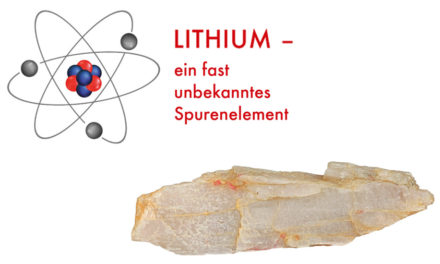The Epigenetics Dilemma
Christoph Grunau 1,* , Jérémy Le Luyer 2 , Martin Laporte 3 and Dominique Joly 4
1 Univ. Perpignan Via Domitia, IHPE UMR 5244, CNRS, IFREMER, Univ. Montpellier, F-66860 Perpignan, France
2 IFREMER/Centre du Pacifique, Département Ressources Biologiques Environnement, Unité Ressources Marines en Polynésie Française, UMR 241 Écosystèmes Insulaires Océaniens, BP 49, 98719 Taravao, Tahiti, Polynésie Française; jeremy.le.luyer@ifremer.fr
3 Institut de Biologie Intégrative et des Systèmes (IBIS), Deépartement de Biologie, Université Laval, Pavillon Charles-Eugène-Marchand, Quebec, QC G1V 0A6, Canada; uni.mlaporte@gmail.com
4 Laboratoire Evolution, Génomes Comportement, Ecologie, UMR 9191, CNRS, IRD, Université Paris Saclay, Avenue de la Terrasse, 91198 Gif sur Yvette, France; dominique.joly@cnrs-dir.fr
* Correspondence: christoph.grunau@univ-perp.fr
This special issue of Genes demonstrates clearly that research in epigenetics has proceeded at a very rapid pace in the last decade. A wide range of techniques is available to those who endeavor studies in epigenetics and as long as there is a research budget, there remains today very few technical constraints. It is, for instance, conceivable, as demonstrated by Liu et al. in this special issue [1], to practically start from scratch to sequence and assemble the genome of any species, establish the epigenome, and perform integrative comparative approaches on both within the framework of a single publication. This would have been inconceivable only a couple of years ago. As a consequence, results presented in this issue and elsewhere make clear that this is a time of opportunity for epigenetics as its contours and impact are traced more and more clearly: the epigenome is demonstrated to be very plastic, it changes during development [2], but also, and in a different way, when exposed to external environmental cues. These changes occur sometimes within generations [3] and, in other cases, epigenetic plasticity occurs through generations [4,5], conveying parental effects of very different type (e.g., parental diet or hatchery environment). However, this plastic character of the epigenome makes it also difficult to draw general conclusions on how every epigenotype, genotype and phenotype are interrelated. In this issue, it is shown that phenotypic, and thus potentially gene expression changes, can precede epigenetic changes [3], or that they occur after the initial environmental stimulus [4,5]. It is also shown that epigenetic modifications can be associated with the magnitude of change in reaction norms of some but not all phenotypic traits [6]. In addition, even when considering the same bearer of epigenetic information (e.g., DNA methylation), different organisms show different types of DNA methylation (e.g., [1–6]) with potentially different types of phenotypic effects. Nevertheless, epigenetic changes do not occur randomly along the genome. In the two examples presented in this issue, environmentally induced epimutations were clearly enriched in the pathways of alert information and signaling: between 40% [5] and 66% [4] of differentially methylated regions (DMR) occurred in genes associated with signal transduction. This suggests that DMR are involved in the management of enduring and adequate stress response information.
(…)








